By: Rachel Redwine Vaughan
How can three letters change my life?

If you’ve searched for a therapist in the past two decades, particularly an effective therapist, you’ve no doubt seen three letters (“C-B-T”) mentioned on many websites and directories. So what does this acronym mean? CBT stands for Cognitive Behavioral Therapy. While there are many approaches to therapy, CBT is the most effective. CBT has grown over the years to incorporate that most helpful techniques within the world of psychotherapy to address both emotional and behavioral problems.
What is Cognitive Behavioral Therapy and how can it help me feel happier?
Cognitive Behavioral Therapy is a psychological treatment used to address a range of mental health problems (i.e. depression, anxiety, PTSD/trauma, stress, etc.). Simplified, Cognitive Behavioral Therapy focuses on cognition, the way you think, and behavior, what you do. In this therapy model, you and your therapist work together to identify problems in thinking/feelings and behavior while collaborating on treatment plans to meet your goals. CBT requires active participation from the individual. It emphasizes the individual becoming their own therapist through in-session exercises and continuing those exercises through everyday activities. Your therapist will help you identify triggers, stressors, and negative influences within your life, and help you create coping skills that best suit you.
A good way to remember how CBT works is using the ABC’s:

A- Antecedent (Situation)
B- Belief (Thought)
C- Consequence (Emotion)
Antecedent represents the precipitating event (i.e., what was the event or situation that caused you to feel upset?). Belief is asking how you interpreted the situation (i.e., what did it mean to you and what did you tell yourself about it?). Consequence is the resulting emotion (i.e., feelings) that show up as a result of your thoughts. In CBT treatment, you learn that there is a direct linear relationship between your thoughts and your emotions. In short, your thoughts create or result in your emotions. Even when an emotion seems to come out of the blue, there is always a thought behind it. Part of the work of CBT is helping you figure out what that thought is so that you can change it. You’ll learn how to change your relationship to an initial painful or upsetting thought, learning to sit with it, see it for what it is, and hold it lightly. You’ll also learn techniques to examine your thinking, challenge it, and develop balanced alternative views. Once you learn how to recognize unhelpful thoughts, you will begin the path toward achieving more positive outcomes. Relating in new ways to old, unhelpful patterns and learning new ways of interpreting your life result in less negative emotional experiences. In short, you can feel much happier.
How do I know that CBT is a good fit for me?
If you are experiencing depression, anxiety, stress, negative thoughts, insomnia, PTSD/trauma, problematic interpersonal relationships, anger, or if you are avoiding anything that used to bring you joy, CBT would be a good fit. CBT focuses on the present day, things in your life that are happening now. It doesn’t concentrate on the past, it instead sets goals for the future. It will analyze past behaviors and thoughts, but instead of dwelling on those, it will use them as a way to guide your future treatment. So if you are looking to move forward and build a better mental health foundation for your future self, this would be a great first step.
Why should I choose CBT over other therapy methods?
“CBT has been demonstrated to be as effective as, or more effective than, other forms of psychological therapy or psychiatric medications” (American Psychological Association). CBT focuses on improving problem-solving/coping skills that will help you regulate your emotions and behavior. If you feel out of control, it may be best to choose CBT therapy. With other methods, you may be relying on medication or another variable to work with your therapy. With CBT you set the pace and the goals. Your therapist is there to guide you, teach you, and support you, but you ultimately are in control of your success.
Let’s compare how CBT would differ from other types of therapy with a case example. Now remember to keep in mind that the scenario will be a brief description of one strategy used by CBT. The example may seem simple but it is to show the basic principle of how CBT could work for an individual.
Joe comes into therapy because he is avoiding relationships with others, romantic and platonic. He puts all his efforts into his work trying to please his boss. He is a self proclaimed perfectionist, and when things do not go as expected, he gets extremely angry with himself, and has negative thoughts about his abilities. He says that he wants to understand why he gets so angry and why he can’t open himself up to others. Joe mentions that he feels his father leaving his family when he was a child may have an impact on his ability to be in a relationship.

CBT would focus on a strategy called “thought tracking” with Joe. Joe only saw point A, a negative event like being late to work, and point C , the negative emotion, anger. With CBT, the therapist would help Joe track his thoughts that got him from point A to point C. Joe might be asked to physically write down every negative thought he has that week (the homework part of CBT we mentioned earlier). CBT would address that maybe his father’s absence in his childhood made him feel worthless, and that may be an automatic thought when he encounters a new relationship. From automatic thoughts we learn the underlying core beliefs, then CBT teaches strategies to adapt and assimilate those thoughts into productive self talk and positive behaviors. For example, Joe will learn to challenge his old pattern of thinking by examining the evidence that he has for and against his original thought. Upon examination, he will learn that this is a feeling but not a literally true thought. In fact, he’ll also learn to develop healthy alternative statements like, “Just because I was late to work doesn’t mean I’m not good at my job or unworthy.” He will then learn to engage in productive behaviors, such as working to the best of his ability and communicating with team members when he arrives at work (regardless of the time), rather than avoiding others. Some other therapies might be more circular thinking, focusing only on what has happened to Joe in the past, without relating it to his behavior and thoughts in his current life. In short, CBT will focus a lot on the B column of the ABC’s. Changing your thinking will change your emotions and, ultimately, your behavior.
When can I see results?

There is no magic number of sessions. However, the more actively you participate in and outside of your sessions, the more results you are likely to see. Typically, clients in cognitive behavioral therapy see results between eight to twelve sessions. Best practice is to see a therapist weekly or bi-weekly until you’ve achieved your treatment goals. The sessions may seem fast because most are 50-60 minutes each. For some individuals this is a good fit because CBT is very direct, honest, and we can track your progress with a little more accuracy than other therapies. For others it may be a challenge to talk about their feelings so openly in that amount of time. For these individuals, weekly or twice a week may be the best fit.
What are some of the strategies CBT uses?
CBT focuses on behavior and thinking, some of the strategies that are used include:
- Understanding/analyzing the behaviors of others and yourself
- Identifying problematic thoughts and thought patterns that are keeping you “stuck”
- Changing your relationship to the problematic thoughts (accepting them and challenging their accuracy)
- Developing balanced alternative views to initial interpretations of events
- Learning new problem-solving and emotion regulation skills
- Building motivation and ability to engage in productive and meaningful behavior
How CBT works for Couples, Groups, and Families
Couple/Group/Family CBT is a safe neutral place for you to improve or strengthen your relationship. You will learn new ways to re-establish bonds, recognize the thought processes in your group, and enhance communication. It can also repair trust and allow space for honest forgiveness within a relationship. It will improve your understanding of everyone’s needs and how to successfully resolve conflict in your relationships. Also, having a neutral person such as your therapist, provides a way to share ideas, thoughts, and feelings in the room while decreasing the possibility of miscommunication. Many of the same skills and techniques described as part of individual CBT are utilized in this context as well.
How Do I Start CBT?
Good news! Once you’ve decided to take the courageous step towards improving your well-being by beginning cognitive behavioral therapy, it’s relatively simple to get started. Just search for providers in your area who indicate that they are competent in CBT.
The doctoral-level psychologists at Breyta Psychological Services are all trained in CBT and are excited to help you meet your goals. Call today to reserve your appointment.





